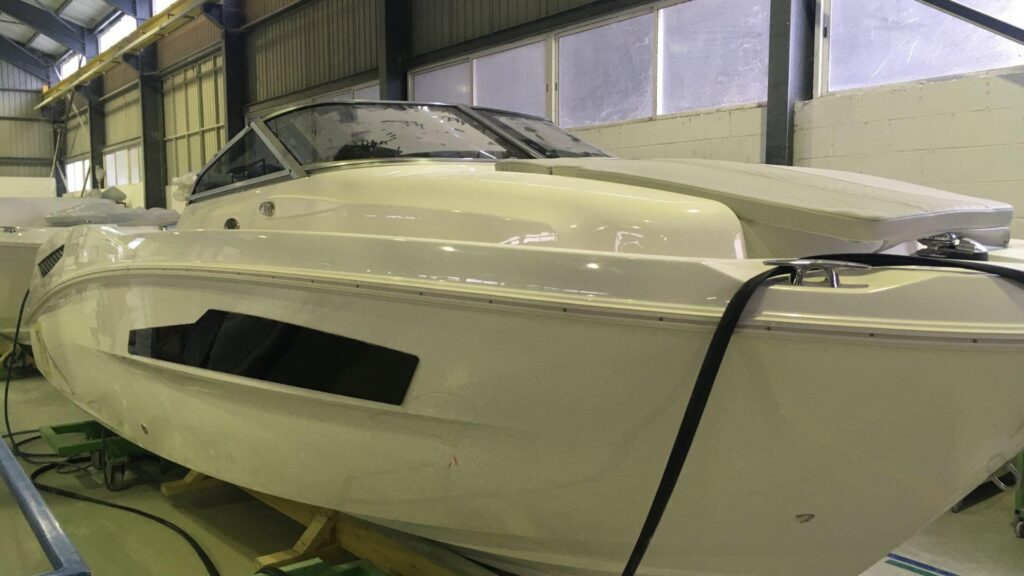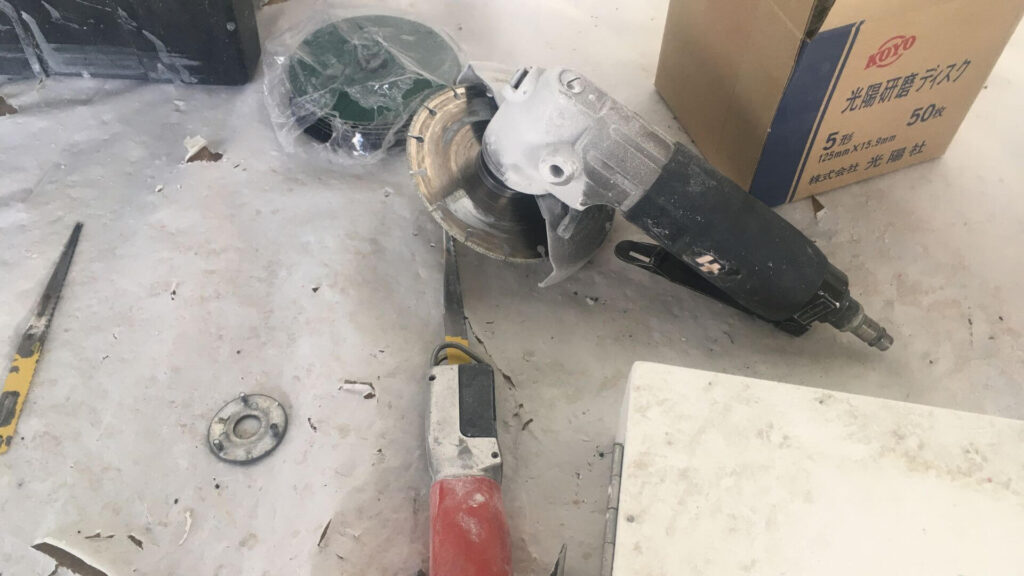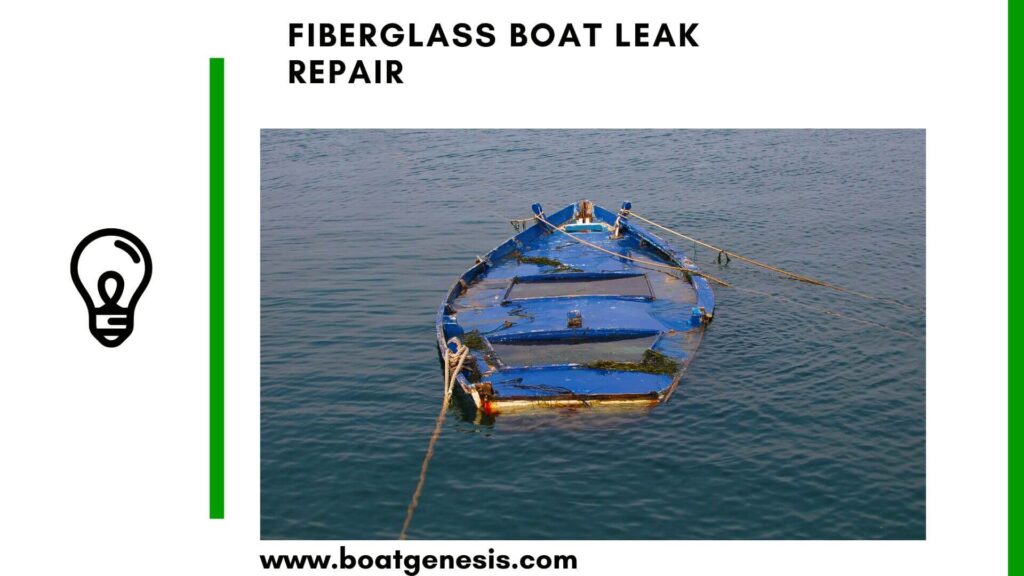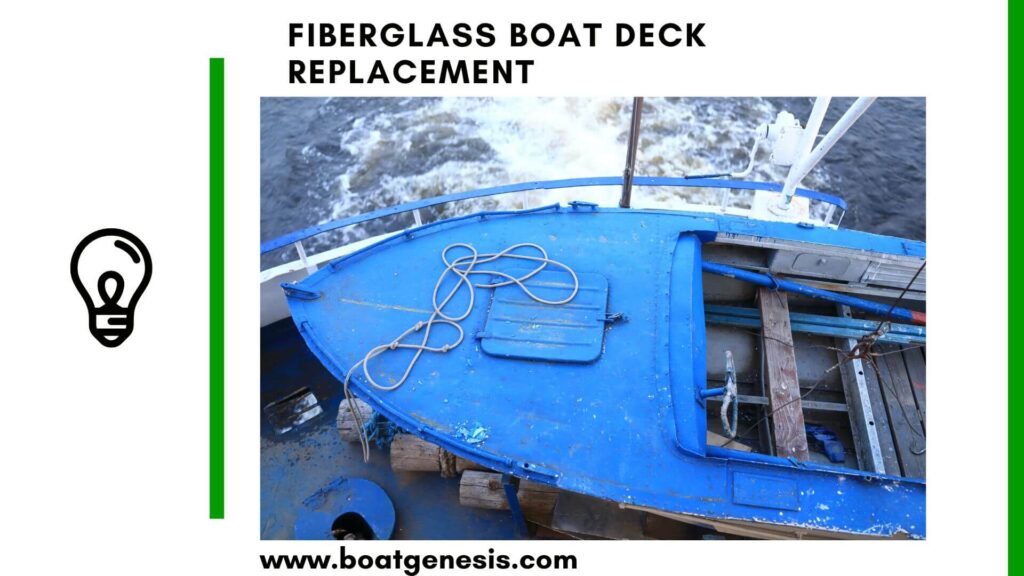Are you a passionate boat owner ready to embark on a journey of restoration and rejuvenation? The first step towards reclaiming the glory of your beloved vessel involves addressing the wear and tear on its gunnels.
In this comprehensive guide, we’ll delve into the nitty-gritty of fiberglass boat gunnel replacement, ensuring your boat not only looks fantastic but stands the test of time.
Understanding the Importance of Fiberglass Gunnels
Before we dive into the replacement process, let’s briefly explore why fiberglass gunnels are crucial for the structural integrity and aesthetics of your boat.
The gunnels serve as a protective barrier, preventing water from seeping into the boat’s interior and safeguarding against potential damage from impacts.

Moreover, they contribute significantly to the overall visual appeal, enhancing the sleek and polished appearance of your vessel.
Important Note
When we talk about fiberglass boat gunnel replacement, it typically involves reinforcing or entirely replacing the existing gunnel structure with fiberglass material.
It’s not about acquiring a pre-made replacement part but rather rebuilding or reinforcing the gunnels using fiberglass sheets and resin.
This process is effective in restoring structural integrity and extending the lifespan of the boat’s gunnels.
Signs that It’s Time for Replacement
Recognizing when your boat’s gunnels are in dire need of replacement is the key to preventing further damage.
Look out for visible cracks, chips, or discoloration. If you notice any soft spots, it’s a clear indicator that moisture has penetrated the fiberglass, compromising its strength.
Don’t wait for these issues to escalate – proactive replacement ensures a safer and more enjoyable boating experience.
The Fiberglass Boat Gunnel Replacement Process
Now, let’s get our hands dirty and delve into the step-by-step process of fiberglass boat gunnel replacement:
1. Materials and Tools
Before embarking on this journey, gather the necessary materials and tools. You’ll need fiberglass sheets, epoxy resin, a sander, gloves, safety glasses, and a saw.

Choose high-quality materials to guarantee a long-lasting and durable replacement.
2. Preparation
Begin by Carefully removing the old or damaged gunnels from your boat. This might involve cutting, sawing, or grinding to detach them from the hull.
Once removed, sand the exposed surfaces to create a clean and smooth area for the new fiberglass to adhere to. This step ensures a strong bond between the boat and the replacement material.
3. Measuring and Cutting
Precision is key in this step. Measure the dimensions of your boat’s gunnels accurately, and then cut the fiberglass sheets accordingly.
A snug fit is crucial for optimal performance.
4. Application of Epoxy Resin
Apply epoxy resin to both the boat’s hull and the fiberglass sheets. Ensure an even coat for a seamless bond.
This process involves layering the fiberglass and resin to create a robust and watertight seal.
5. Affixing Fiberglass Sheets/Cloths
Carefully place the cut fiberglass sheets onto the prepared surface, pressing them firmly to remove any air bubbles. Smooth out the edges for a seamless finish.
6. Curing and Finishing
Allow the epoxy resin to cure according to the manufacturer’s instructions. Once cured, sand the surfaces for a smooth finish.
Consider applying a gel coat for added protection and a polished appearance.
==>> Also read my article about removing rust stains from fiberglass boats here!
Final Word
In wrapping up your fiberglass boat gunnel replacement project, you’ve not only enhanced the appearance of your vessel but also strengthened its structure for long-term durability.
Consistent care and proactive steps, like fiberglass boat gunnel replacement, contribute to the overall longevity and performance of your boat.
Now, armed with the knowledge and skills for effective replacement, you can confidently navigate the waters with a boat that’s both reliable and aesthetically pleasing.
If interested, you should also read my guide on fiberglass boat deck replacement here.

Founder of BoatGenesis, Warren has hands-on experience in fiberglass boat repairs, marine equipment testing, and powerboat building. Learn more about Warren.




